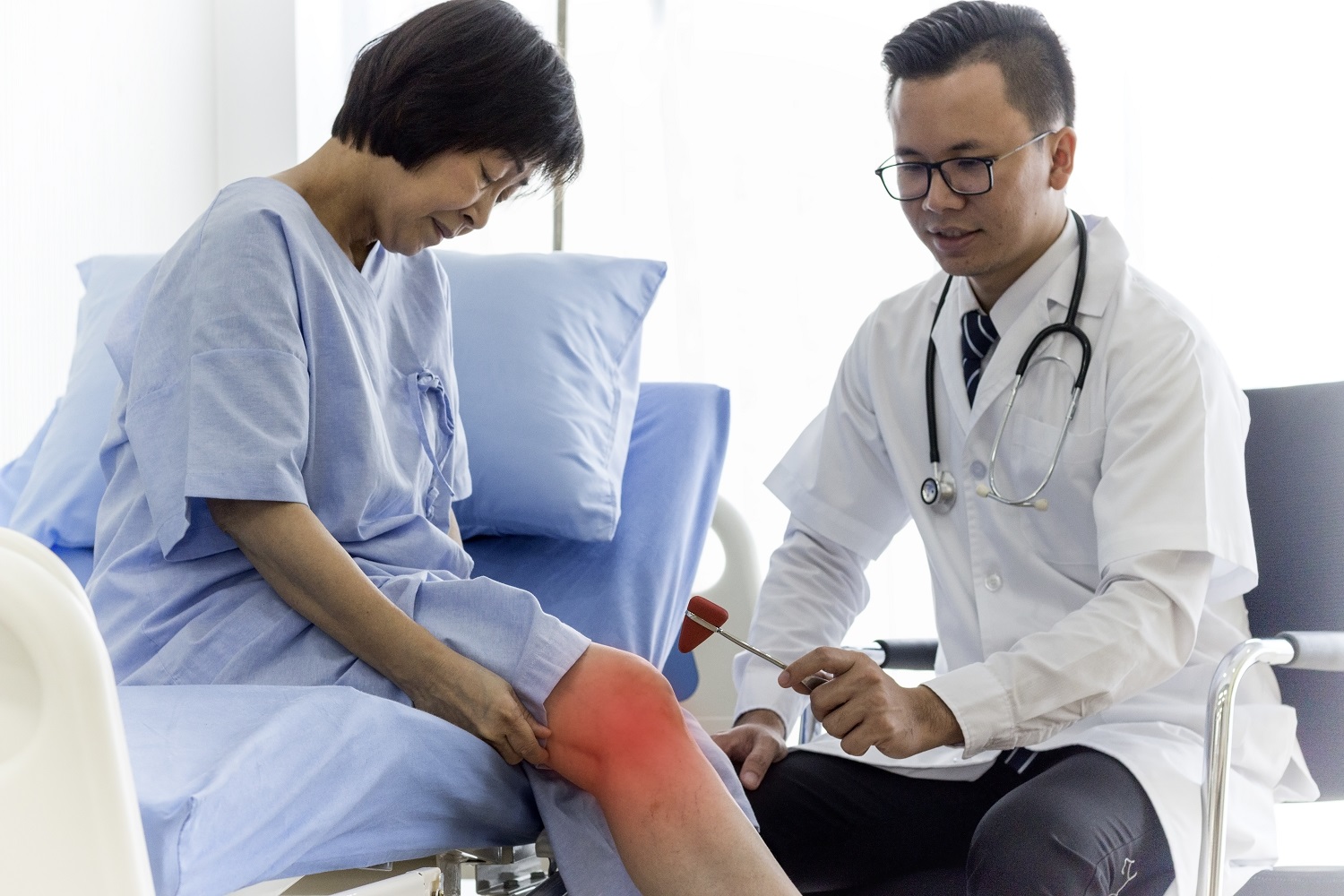In terms of seeking medical help, most people experience anxiety, especially if it involves surgeries. Almost all people does not want to undergo any surgical operations even though it is a necessity to alleviate their medical conditions. This is because their minds are overwhelmed with the possible negative outcomes before, during, and after the operation which is primarily caused by misconceptions and lack of knowledge about their medical cases. To clear this out, only a licensed doctor can ease the patients’ worries through thoroughly explaining to them about their risk exposure and its mitigation, success rate of the operation, recovery rate, reasonable medical fees, medications, and other alternative procedures.
What is musculoskeletal conditions?
According to World Health Organization, musculoskeletal illnesses are the major contributor of physical disability globally. This illness refers to injuries and disorders in the musculoskeletal system which comprisesthe muscles, joints, tendons,ligaments, nerves, cartilage, and spinal discs. Thiscanbe further classified into 5 dominant groups based on the causes and location of the pain:
- back pain (dorsopathies)
- osteoarthritis
- osteoporosis
- rheumatoid arthritis, and
- other musculoskeletal diseases and connective tissues
What causes physical disability?
The peoplewho have the higher risk of getting these illnesses are those with genetic musculoskeletal diseases, unhealthy lifestyle, andmusculoskeletal post-traumatic experiences.Moreover, the following triggering factors below canalso escalatethe development of bone and muscletissue problems.
- aging
- calcium deficiency
- insufficient daily physical activity
- poor posture
- smoking
These cases are more common to women of ages 65 and above compared to men. This type of disease can only be appropriately diagnosed by a licensed orthopedic doctor.
How does an orthopedic doctor make a diagnosis?
An orthopedic doctor is a medical expert specializing in preventing, diagnosing, and treating injuries or disorders on the tissues that connects the bones, joints, and muscles.The doctor do a diagnosis based onthecurrent symptoms you are experiencingand reviewing your past medical history particularly incurredinjuries and hereditary sicknesses. If common symptoms like pain, fatigue, numbness, and slight immobility were experienced on a certain muscle-bone area, then it is most likely there is an existence of bone fractures, muscle and tendon tearing, and misaligned joints that needs immediate correction through non-operative or operative surgeries.Non-operative surgeries like steroid injection and physical therapy are conservative treatments employed prior to surgery. Unless your situation does not improve, your case will be referred to an orthopedic surgeon who will require series of imaging tests such as X-ray, MRI, and CT scans to evaluate your condition before recommending a surgery. Depending on where the pain is, there are at least 8 common possible orthopedic surgeries:
- Anterior Cruciate Ligament (ACL) Reconstruction
- Bone Fracture Repair
- Carpal Tunnel Release
- Hand Surgery
- Joint Replacement
- Knee Arthroscopy
- Shoulder Arthroscopy
- Spinal Fusion
with Rapid Recovery Joint Replacement as the latest minimallyinvasive surgical technique employed by Scorthogroup because of its less damagingeffectthat ensures faster recovery rate and fewer complications on the patients.






